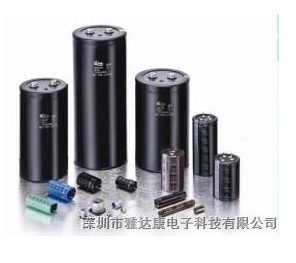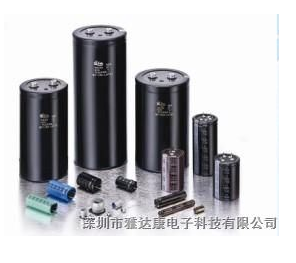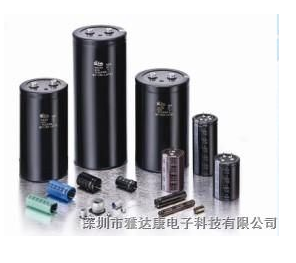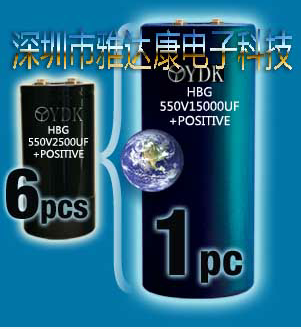The aluminum foil in use is very sophisticated in composition and structure. High purity is no longer required, for example, for anodic foils with high purity to the appropriate level. In order to improve the number of initial corrosion, mechanical strength and the performance of dielectric oxide film, the foil should contain some impurities. For low voltage foil, no cubic structure is required, but for high voltage foil, it is required to account for more than 80%-90% of the structure. For cathode foil, in order to increase its specific volume, the alloy aluminum foil with irregular grain orientation is required. The working electrolyte c***ists of three components: solvents, solutes and additives, such as long-used electrolytes c***isting of ethylene glycol, glycerol, boric acid and ammonia water. Because of the development of aluminum electrolytic capacitor, the electrolyte can not meet the requirement, so many new electrolytes h***e been produced to reduce the working temperature range of capacitor (for example, -55 ℃ -125 ℃). The principles of formulation of these new electrolytes are as follows: (1) mixing with two solvents to achieve complementarity; (2) using two weak acids to provide the two anionic groups required. 3 + alkali, such as organic amines, To adjust the ph value and flashover voltage of the electrolyte. Change its resistivity. 4 Additives to improve the characteristics of the electrolyte, such as preventing water from occurring in the aluminum oxide film





